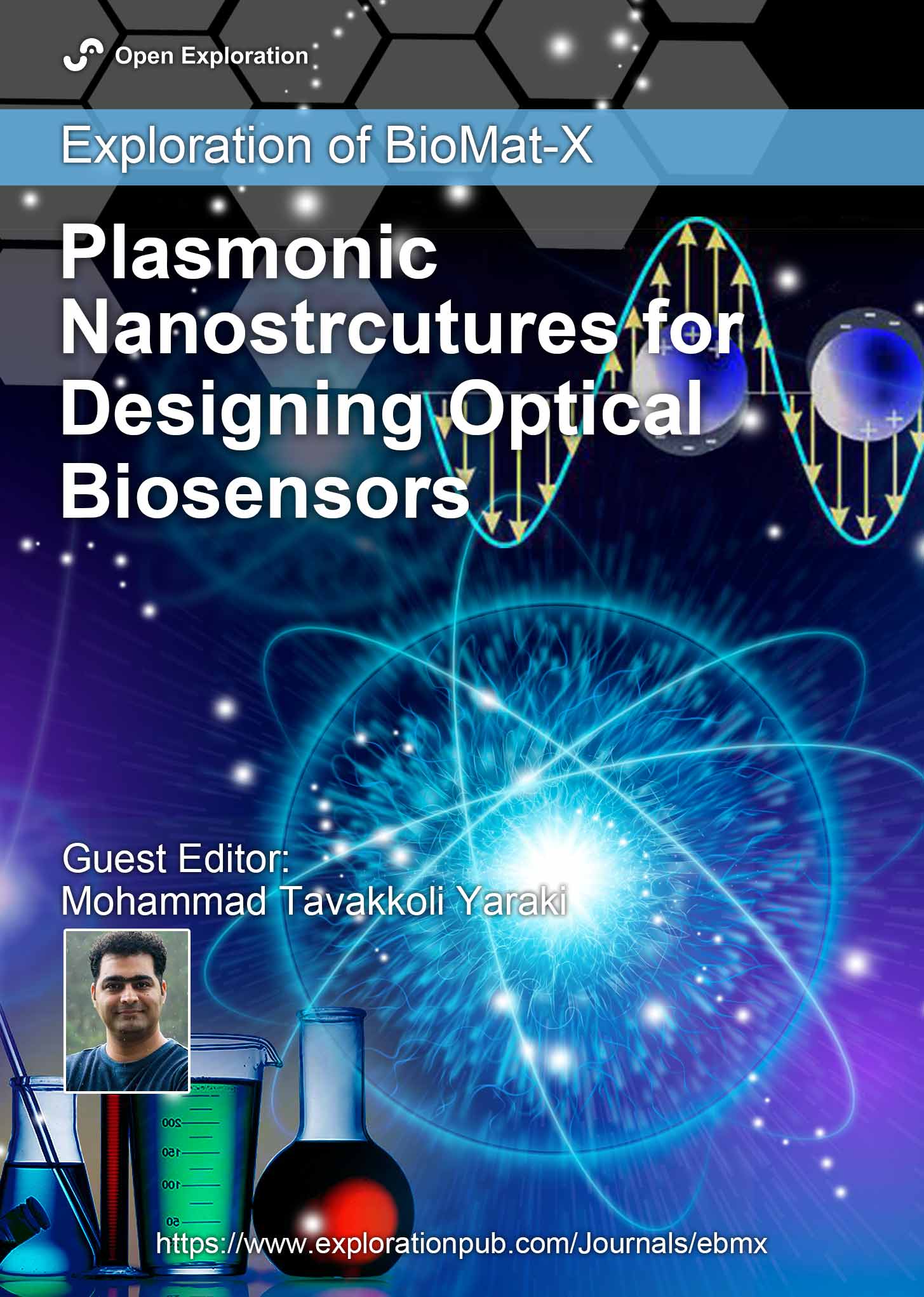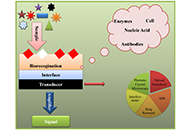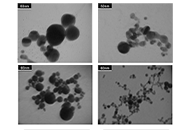
Plasmonic Nanostructures for Designing Optical Biosensors
Guest Editor
Mohammad Tavakkoli Yaraki E-Mail
Macquarie University Research Fellow (MQRF) at School of Natural Sciences, Faculty of Science and Engineering, Macquarie University, Sydney, Australia
Research Keywords: Plasmonics, nanoparticles, biosesnor, drug delivery, nanocomposite, cancer therapy
About the Special lssue
To date, plasmonic nanostructures in various forms (e.g., colloidal and planar) have been designed and developed. These nanostructures have been used in designing optical biosensors for ultrasensitive and selective detection of wide ranges of analytes from ions and small molecules to proteins and even live cells such as human and bacteria.
The last decade has seen advances in the design of these nanostructures, not only in their synthesis but also in surface functionalization approaches. Through this progress, various characterization techniques have also been employed to indicate their successful synthesis as well as the successful surface modification to enhance the selectivity of the system towards specific analytes. These optical biosensors have been used for diagnosis and prognosis of severe diseases as well as biologically important molecules from the in vitro to in vivo level.
Moreover, different theoretical modelling/calculation/simulation methods, including but not limited to density functional theory, molecular docking, molecular dynamics, Monte Carlo, etc., have been used to investigate the optical properties of plasmonic nanostructures as well as the interactions of molecules with surfaces of plasmonic nanostructure at the molecular level, leading to deeper insight into these systems.
Suggested topics include, but are not limited to:
The synthesis of various forms of plasmonic nanostructures by top-down or bottom-up approaches
The surface functionalization of plasmonic nanostructures for enhanced selectivity
Multifunctional plasmonic nanostructures
In vitro, in vivo, and in silico studies on optical biosensors
Stability of plasmonic nanostructures in biological media
Plasmonic nanostructures with therapeutic effects
Plasmonic nanostructures with theranostic effects
Plasmon-enhanced processes (metal-enhanced fluorescence, metal-enhanced singlet oxygen generation, surface-enhanced Raman scattering)
Keywords: Plasmonic, nanostructure, nanoparticle, biosensor, colorimetric, SERS, fluorescence, synthesis, fabrication, modelling
Published Articles

